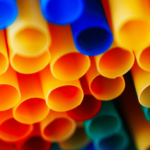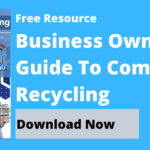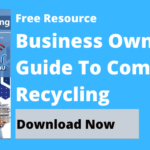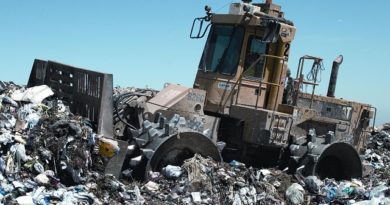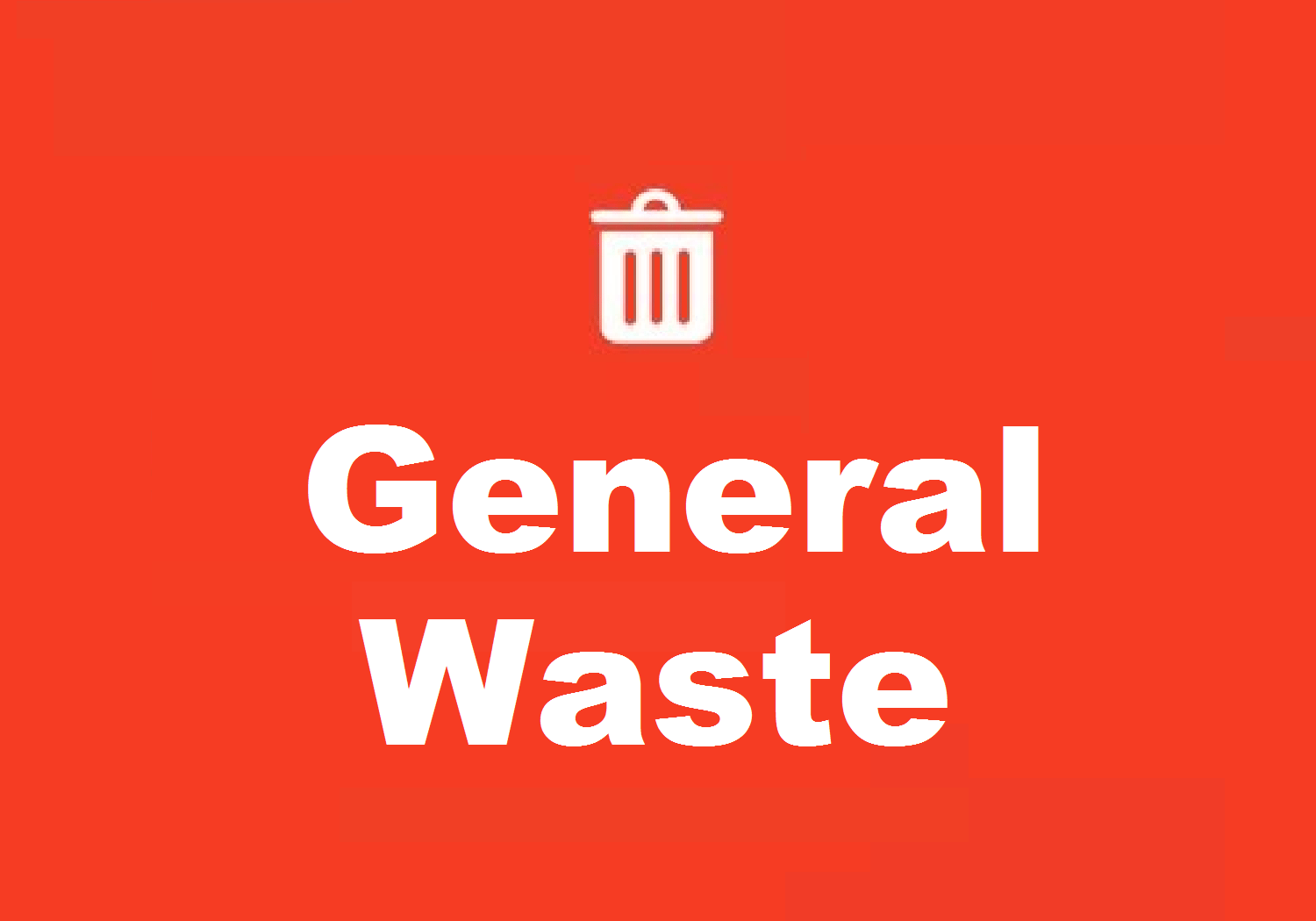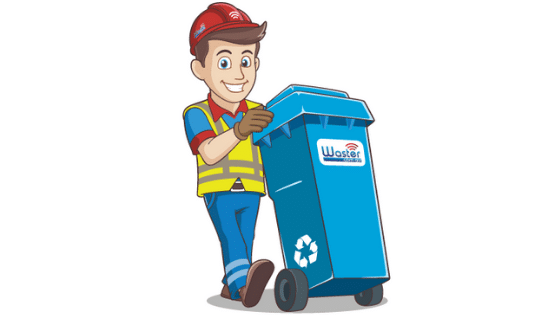Christmas Recycling Facts 🎅: Recycle Christmas Packaging In Australia
Energy Disrupter
Christmas Recycling Facts: It’s the most wonderful time of the year again!
A time full of gifts, food and drinks; Australians don’t shy away in lavishly spending come Christmastime. I’ve been there, gaining a few pounds after the holidays. Please don’t judge me; I just love eating and drinking!
Additionally, Australians don’t shy away from giving and receiving gifts, sometimes even unwanted ones. To emphasise, an estimated 400 million dollars was spent on 10 million unwanted presents, most of which likely ended up in landfills.
To add, did you also know that Australians spend a whopping 11 billion dollars a year just on Christmas gifts? That amounts to about 593 dollars for each Australian person.
I can’t blame them, as Christmas truly is a time for indulgence! But don’t you think maybe we’re overdoing it a tad bit too much?
As a result, the aftermath of waste produced in Christmas season far outweighs other holidays here in Australia.
Imagine all of that wrapping paper, packaging, food, and drinks scattered all around your household; where do you plan on disposing of them after?
[embedded content]
Why not recycle them?
With this in mind, Mr Waster introduces you some Christmas recycling facts to help the environment!
A Bit About Waster
Before continuing with the topic at hand, maybe you’ve already heard of Waster before?
If not, let me discuss it with you. Waster is a company that provides small and medium Australian businesses high-quality and innovative waste management and recycling needs.
See our blog about commercial grease trap cleaning to see just how effective and dedicated of a waste management company we are!
Click the blue-button to learn more.
Now, let’s continue with Christmas recycling facts.
Christmas Recycling Facts: Turn It Into An Eco-Friendly Holiday!
Although Christmastime means celebrating with your loved ones, it also proves to be detrimental to the environment. See our blog on how edible containers can reduce waste.
Dubbed as the “the world’s greatest annual environmental disaster“, it becomes a waste nightmare for Australia. We should really put an emphasis on this yearly issue and try to find ways to reduce Christmas waste.
[embedded content]
How can we reduce Christmas waste? We present to you some Christmas recycling facts!
See our blog about recycling services.
1. Recycling Gift Wrappers
Let’s start with our first Christmas recycling fact to discuss: Christmas gift wrappers.
Usually, Christmas wrappers are made out of metallic patches, glitter, plastic, and paper.
But with all these glitz and glamour, there comes bad news. In Australia alone, people use around 8,000 tonnes of Christmas gift wrapping paper.
What can we do about it?
Well, for one, you just have to make sure to sort out the recyclable materials from the non-recyclable ones and take all of those waste into your local recycling centre for proper processing.
Likewise, you can also plan to reuse or recycling your Christmas gift wrappers for other purposes.
Or maybe, try to use a gift bag instead which can easily be reused.
2. Recycling Real Christmas Trees
Next on our Christmas recycling fact list: Christmas trees.
Recycling real Christmas trees is fairly easy, and lots of options are available for you. See our online calculator on how many trees you need to plant to be a carbon neutral business.
Check with your local councils for Christmas tree drop-off areas. Usually, your local recycling centre sends the trees through a chipper to be transformed into mulch.


They turn your tree into mulch which enriches your garden! As long as you remove the branches and needles it has, it can be used as a garden-friendly product to treat your plants.
Additionally, you can also find some game and fishery departments that are more than willing to process your Christmas tree for the benefit of fishes and habitat in lakes or ponds.
How does it help? Well, the old pine or spruce extracted from the tree provides a habitat for fish and also attracts algae that become food for them to consume.
3. Food And Drink Waste
Christmas fact list number 3: food and drink waste after Christmas.
Did you know that an article done in 2012 showed that about 10 billion dollars are spent on food and drinks during Christmas season?
The bad part? About 35 per cent of waste goes to landfill.
I suggest that when you buy food and drinks for the holidays, try minimising your food and drink spending. By doing that, you keep food and drink waste to a minimum.
See our blog about organic waste processing.
In other news, AMA is encouraging people to be mindful about what they eat over the festive season, reminding people to “reduce food waste (and waist)”.
Dr Tony Bartone, AMA President, pours in his thoughts regarding Christmas food waste.
“Overeating is not only bad for our health, but it is also a significant contributor to food waste. People like to see an abundance of food on the table at Christmas, but unfortunately, much of this excess food is destined for the bin and then for landfill.”
4. Christmas Cards
Next up in our Christmas recycling facts list: Christmas cards.
What better way to send your love and affection for friends and long-distant family than to send them a cheesy Christmas card, right?
[embedded content]
Well, no. There are better alternatives to this.
If you can’t avoid sending one physically, opt to buy recycled Christmas cards.
In contrast, you can just send your Christmas greetings online! Find applications that offer an e-card that can be sent to anyone.
Christmas cards can be put in your recycling bin (minus the glitters and foil, if they have that). Additionally, some companies like Marks and Spencer and TK Maxx have collection points for Christmas cards.
5. Christmas Lights
Lastly, we have the final product for our Christmas recycling facts list: Christmas lights.
Who wouldn’t want a very merry and bright Christmas, right?
People often used Christmas lights to decorate and beautify our houses all throughout the holidays.
Remember that when you want to buy some new Christmas lights for your house, don’t throw away your old ones in the bin. Try to take them to your local recycling centre instead.
Conclusion
If you have things you don’t want anymore that you got for Christmas, whether by buying or receiving, try to recycle or reuse it instead of throwing it away.
Reusing and recycling items ensures the prevention of pollution, the reduction of greenhouse gases, and the sustainability of the environment.
Waster: Waste Management For Smart Businesses
Waster is an innovative solution for all your waste management and recycling needs.
[embedded content]
To learn more about our pricing and services, check out our waste recycling shop.



